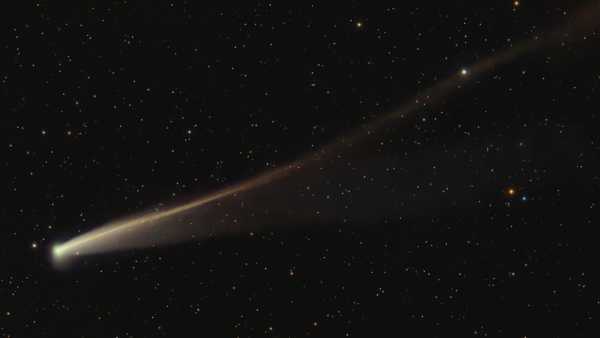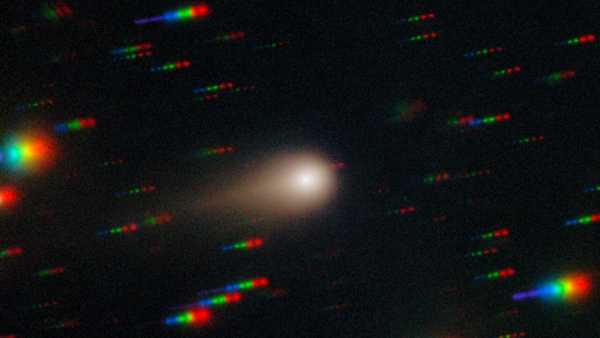
Evolution, the process of change, determines existence on Earth and potential life forms elsewhere in the universe. (Image credit: Just_Super/E+ via Getty Images)
We only have one example of biology evolving in the universe: life on Earth. But what if life could arise in other ways? How do you explore alien life when you don’t know what it might look like?
These questions are of concern to astrobiologists, scientists who search for life beyond Earth. Astrobiologists try to develop universal principles that would govern the emergence of complex physical and biological systems both on Earth and beyond.
I am an astronomer who has written extensively on astrobiology. My research has led me to believe that the most common form of extraterrestrial life is likely to be microbial, since individual cells can form more quickly than larger organisms. However, in the event that advanced alien life exists somewhere, I am a member of the international advisory board of a group working to develop messages to send to these civilizations.
Detection of life outside the Earth
Since the first exoplanet discovery in 1995, more than 5,000 exoplanets, or planets orbiting other stars, have been identified.
Many of these exoplanets are small and rocky, like Earth, and are located in the habitable zones of their stars. The habitable zone is the range of distances between a planet and its star where liquid water could exist and therefore support life as we know it on Earth.
The sample of exoplanets discovered so far predicts 300 million potential biological experiments in our galaxy – or 300 million places, including exoplanets and other objects such as moons, with conditions suitable for the emergence of biology.
The uncertainty for researchers begins with defining life. It seems like it should be easy to recognize life, since we know it when we look at it, whether it’s a bird in flight or a microbe moving in a drop of water. However, scientists disagree on the definition, and some believe that creating a comprehensive definition may be impossible.
NASA defines life as “self-sustaining chemical reactions capable of Darwinian evolution.” This means organisms with complex chemical systems that evolve by adapting to their environment. Darwinian evolution states that an organism’s survival depends on its ability to adapt.
The evolution of life on Earth has lasted for billions of years: from single-celled organisms to large animals and other species, including humans.
Evolution vs. Natural Selection – YouTube
See more
Exoplanets are far away and hundreds of millions of times less luminous than their parent stars, making them challenging to study. Astronomers can study the atmospheres and surfaces of Earth-like exoplanets using a technique called spectroscopy to look for chemical signatures of life.
Spectroscopy can detect traces of oxygen in a planet's atmosphere that were created by microbes known as blue-green algae through photosynthesis on Earth billions of years ago, or traces of chlorophyll that indicate the presence of plant life.
NASA's definition of life raises a number of important but unanswered questions. Is Darwinian evolution universal? What chemical reactions might enable the emergence of biology beyond Earth?
Evolution and Complexity
All life on Earth, from fungal spores to blue whales, descended from the last common microbial ancestor that existed about 4 billion years ago.
The same chemical processes are observed in all living organisms on Earth, and these processes may be universal. However, they
Sourse: www.livescience.com





